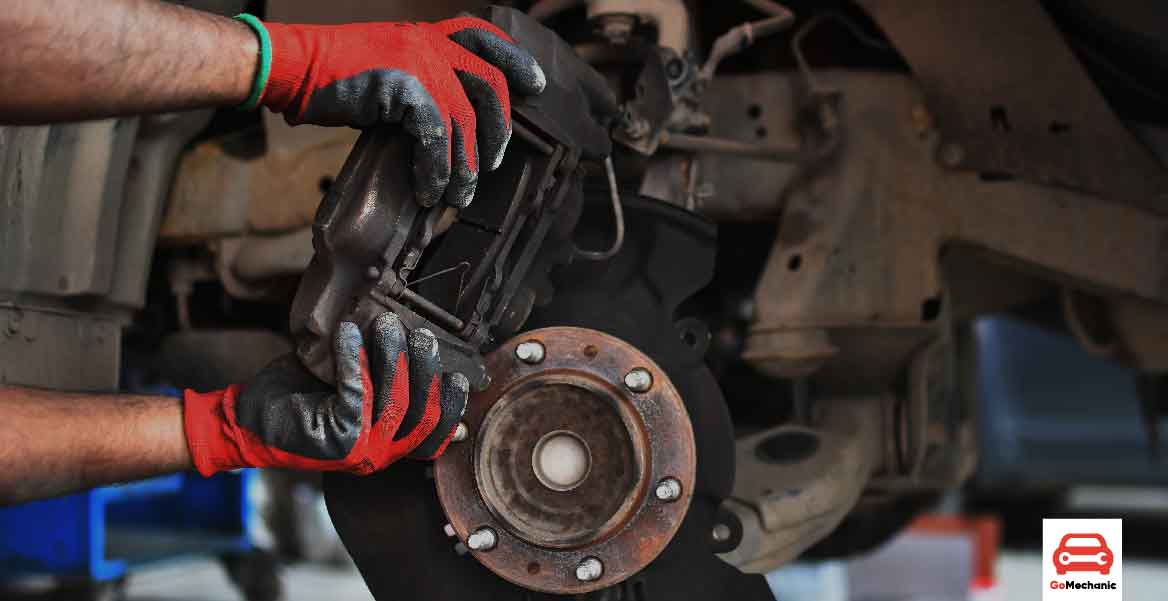The Foundation: Understanding the Core Concept
Anti-lock brakes, often abbreviated as ABS, represent a pinnacle in automotive safety technology. At their core, these systems are engineered to prevent wheels from locking up during braking, ensuring that vehicles maintain steering control and reduce the risk of skidding. Let’s delve into the intricate workings of ABS to unravel the mechanics behind this crucial safety feature.

The ABS Anatomy: Components and Configurations
Modern ABS systems are a symphony of components working in harmony to provide precise control over braking dynamics. Key elements include speed sensors, hydraulic control units, and electronic control modules. Together, these components form a sophisticated network that monitors and adjusts brake pressure on individual wheels, a feat accomplished in a matter of milliseconds.
Subheading 1: Speed Sensors and Real-Time Data
Integral to ABS functionality are speed sensors, strategically positioned on each wheel. These sensors constantly monitor rotational speed, providing real-time data to the ABS control module. This instantaneous feedback is crucial for assessing wheel behavior and making split-second decisions to optimize braking performance.
Subheading 2: Hydraulic Control Unit Precision
The hydraulic control unit serves as the ABS maestro, orchestrating fluid pressure adjustments with surgical precision. When the system detects an impending wheel lockup, the hydraulic control unit modulates brake pressure by rapidly pulsing it. This pulsing action, almost imperceptible to the driver, prevents wheels from seizing and maximizes vehicle control.
The ABS Symphony in Action: Braking Decisions in Milliseconds
Picture a scenario where sudden braking is required – a potential skid looms. In this moment, ABS leaps into action, assessing data from speed sensors and determining if any wheel is on the brink of locking up. The electronic control module processes this information and signals the hydraulic control unit to adjust brake pressure accordingly, all within a fraction of a second.
Subheading 3: Wheel-Specific Braking Precision
One of ABS’s marvels lies in its ability to address individual wheel behavior. If the system detects that a particular wheel is approaching lockup, it can modulate the brake force for that specific wheel, allowing the others to continue rotating freely. This tailored approach ensures optimal stability and control, enhancing overall safety.
ABS Advancements: From Early Models to Contemporary Innovations
The journey of ABS is marked by continual evolution. Early systems focused on preventing wheel lockup, while contemporary iterations integrate with advanced safety features like electronic stability control (ESC). ABS has become a linchpin in the broader landscape of vehicle safety, contributing significantly to accident prevention.
Subheading 4: ESC Integration for Enhanced Safety
ESC, a natural ally to ABS, takes vehicle stability to another level. By selectively applying brakes to individual wheels and adjusting engine power, ESC complements ABS in preventing skidding and loss of control. This dynamic duo is a testament to the ever-advancing landscape of automotive safety technology.
Final Reflections: The Crucial Role of ABS in Road Safety
As we navigate the highways of the modern era, the unassuming ABS plays a silent yet crucial role in ensuring our safety. Its ability to decipher intricate data, make split-second decisions, and optimize braking in real time elevates it to an indispensable component of the contemporary automotive safety arsenal. With ABS, the road becomes a safer canvas where precision and control converge.
© 2024 AutoInsights. All rights reserved. Anti-Lock Brakes